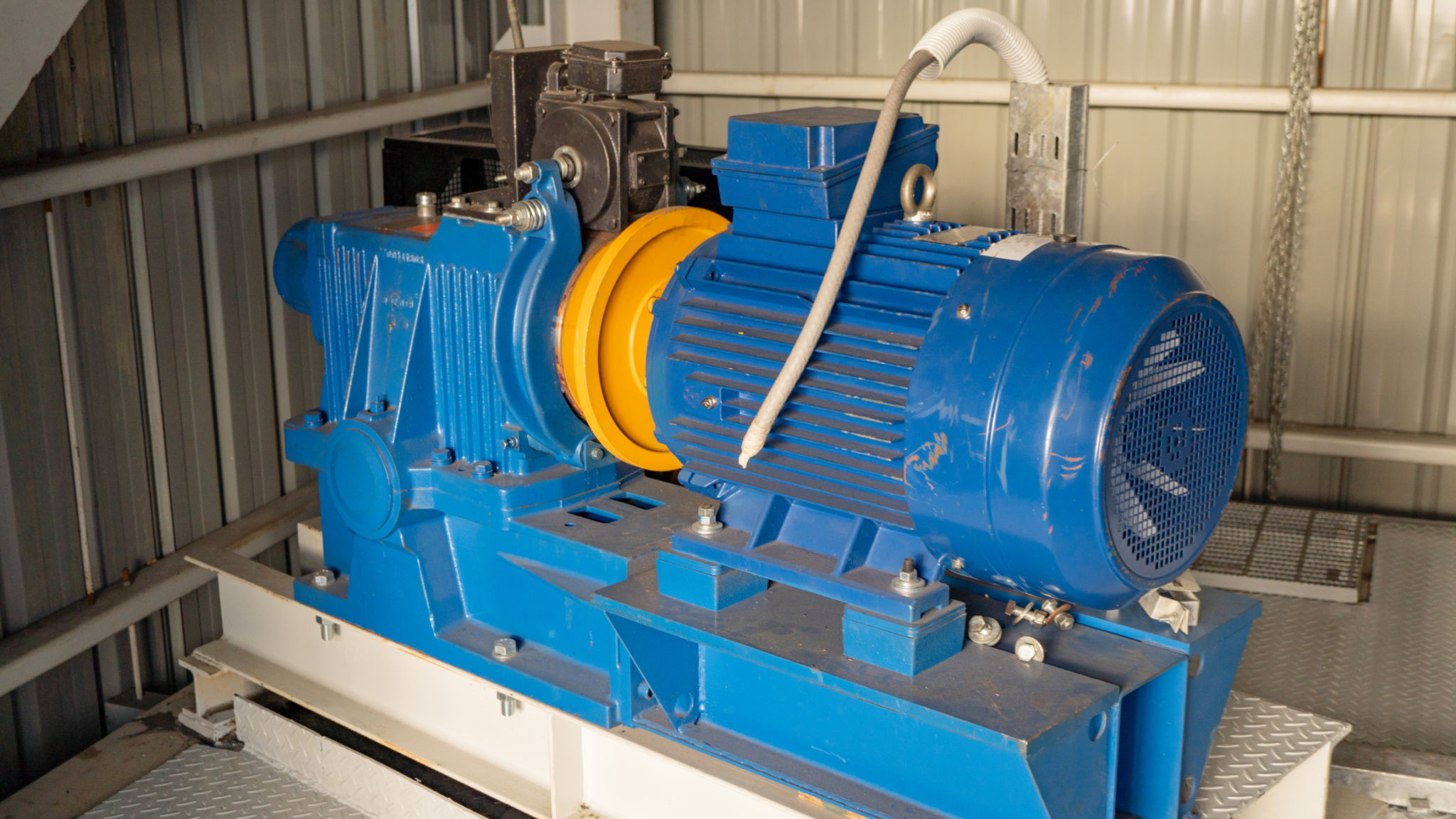Understanding the Core Challenges in Electric Motor Design
Introduction to Electric Motor Design
The design of electric motors is a complex field that requires balancing multiple factors to create efficient, reliable, and durable machines. As industries increasingly rely on electric motors for various applications, understanding the core challenges in their design becomes crucial. These challenges range from material selection to thermal management and efficiency optimization.

Material Selection
The choice of materials significantly impacts the performance and lifespan of an electric motor. Designers must consider factors such as electrical conductivity, magnetic properties, and mechanical strength. Common materials include copper for windings and steel for the core. However, emerging materials like carbon nanotubes and advanced composites are being explored for their potential to enhance performance.
Magnetic Materials
Magnetic materials play a critical role in electric motor design. The selection of the right magnetic material affects the motor's efficiency and performance. Engineers often choose between ferrites, rare-earth magnets, and laminated silicon steel, each offering unique benefits and challenges.

Thermal Management
Heat dissipation is a major challenge in electric motor design. Excessive heat can lead to reduced efficiency and potential failure. Effective thermal management strategies, such as using heat sinks, cooling fans, and advanced insulation materials, are essential to maintain optimal operating temperatures.
Advanced Cooling Techniques
Innovative cooling techniques, such as liquid cooling and phase-change materials, are being developed to improve heat dissipation. These methods can significantly enhance the motor's performance by preventing overheating and ensuring stable operation.

Efficiency Optimization
Improving motor efficiency is a key goal in electric motor design. Efficiency directly affects energy consumption and operational costs. Designers focus on reducing losses through innovative winding techniques, optimizing magnetic circuits, and using high-efficiency components.
Minimizing Losses
Losses in electric motors are primarily due to electrical resistance, magnetic hysteresis, and eddy currents. By minimizing these losses, engineers can create motors that consume less power and provide better performance, which is especially important for applications like electric vehicles and industrial machines.

Conclusion
Understanding the core challenges in electric motor design is essential for creating efficient and reliable machines. By addressing issues related to material selection, thermal management, and efficiency optimization, engineers can develop motors that meet the demanding needs of modern applications.
